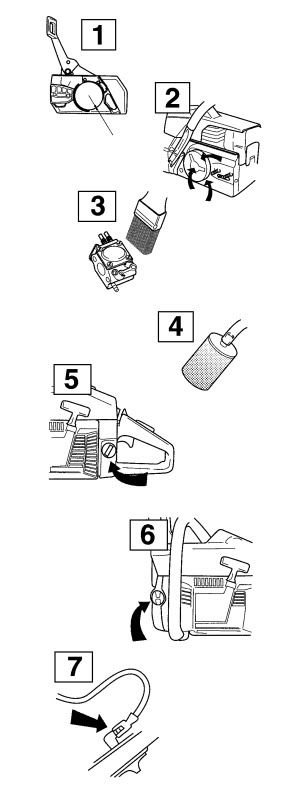Wasatch Stihl
ArboristSite Lurker
I'm a Noobie, and before I get slammed: Yes, I searched for "maintenance" before stating this thread. I didn't find what I was looking for; hence I started this...
I read the whole "Why I'll Never Buy Stihl Again" thread, and quite honestly it's given me a pretty good scare. Not from the perspective that Stihl products aren't quality, but from the numerous posts of the consequences of bad gasoline/oil mix and/or poor maintenance practices.
I think I'm like a number of forum members in that I like to do things myself and, especially at today's prices, I hate to take something to a dealer that I can easily do myself. Some dealers have guys in the back room that literally have decades of experience and are worth their weight in gold. Others border on clueless.
When new Stihl Pro model saws start at over $500.00 the cost of poor maintenance can be huge!
Having said all that I'm curious as to what the experts consider as to proper maintenance practices (air filter cleaning, etc) and how old is "too old" for gasoline/oil mix.
Thanks In Advance!
I read the whole "Why I'll Never Buy Stihl Again" thread, and quite honestly it's given me a pretty good scare. Not from the perspective that Stihl products aren't quality, but from the numerous posts of the consequences of bad gasoline/oil mix and/or poor maintenance practices.
I think I'm like a number of forum members in that I like to do things myself and, especially at today's prices, I hate to take something to a dealer that I can easily do myself. Some dealers have guys in the back room that literally have decades of experience and are worth their weight in gold. Others border on clueless.
When new Stihl Pro model saws start at over $500.00 the cost of poor maintenance can be huge!
Having said all that I'm curious as to what the experts consider as to proper maintenance practices (air filter cleaning, etc) and how old is "too old" for gasoline/oil mix.
Thanks In Advance!








